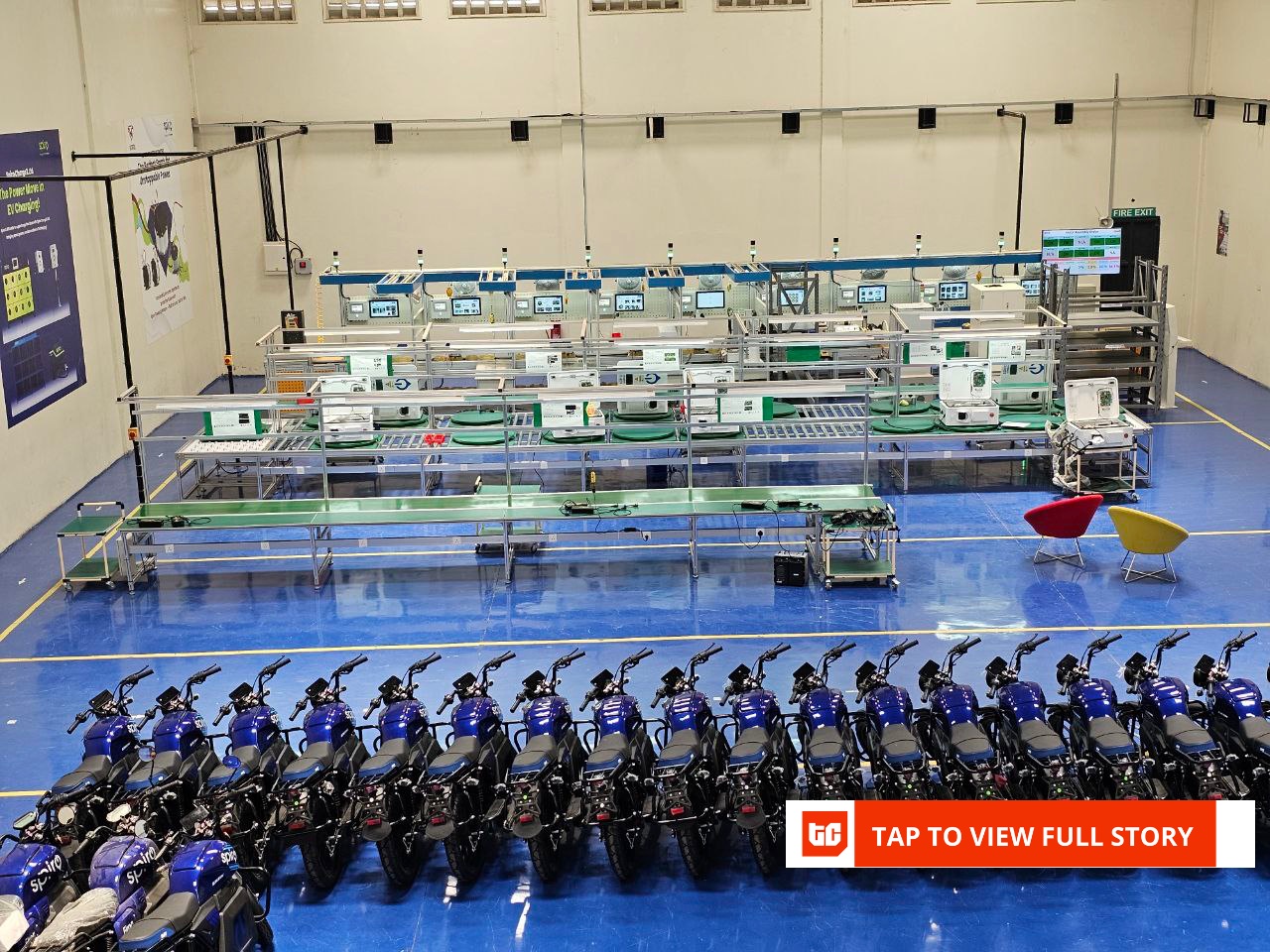On October 6 and 7, I met the Spiro team including its CEO, Kaushik Burman, at the company’s head office in Westlands. During the team’s visit to Nairobi, they walked visitors through their assembly plant along Mombasa Road.
Spiro is striving to establish itself as the premier electric vehicle (EV) company across East and West Africa, focusing on the large-scale electrification of two-wheelers. The startup, which is backed by the Equitane Group with $100 million in investment, focuses exclusively on electric motorbikes and the corresponding infrastructure necessary to support motorcycle-taxi (boda-boda) operations.
The cornerstone of Spiro’s strategy is its battery-as-a-service model, a vertically integrated system where the company retains ownership of battery assets and manages a network of automated swap stations. This model directly addresses the two primary barriers to EV adoption among Africa’s boda-boda operators: high upfront battery costs and range anxiety stemming from unreliable charging infrastructure. Spiro guarantees minimal downtime for riders by offering a sub-minute battery exchange service.
This approach transforms the total cost of ownership calculus for riders, yielding a substantial reduction in operational expenses, ranging from 30% to 50% compared to traditional internal combustion engine (ICE) vehicles.
The savings come from cutting out fuel and reducing maintenance, making the electric option more cost-effective over time. Spiro earns revenue from this through a KES 290 ($2.24) swap fee for a fully charged battery. The setup turns Spiro into a utility provider, managing both energy and upkeep. Unlike rivals such as Roam, riders can’t charge Spiro batteries at home, as all swaps occur at its Petrocity petrol stations.
The Nairobi manufacturing centre
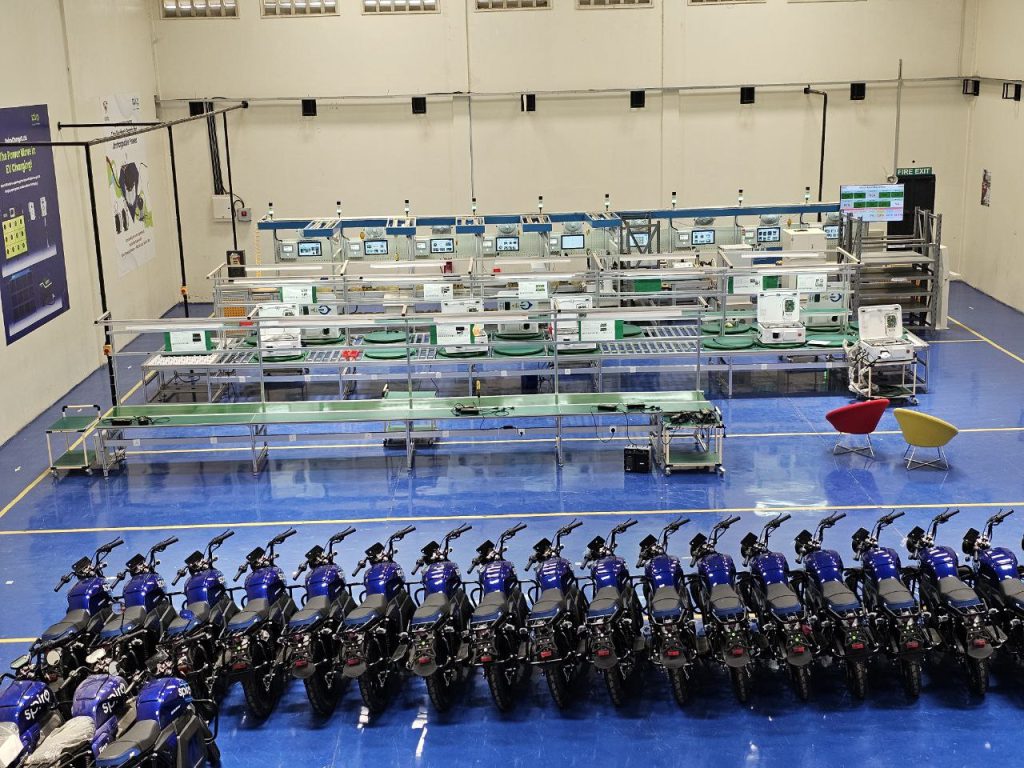
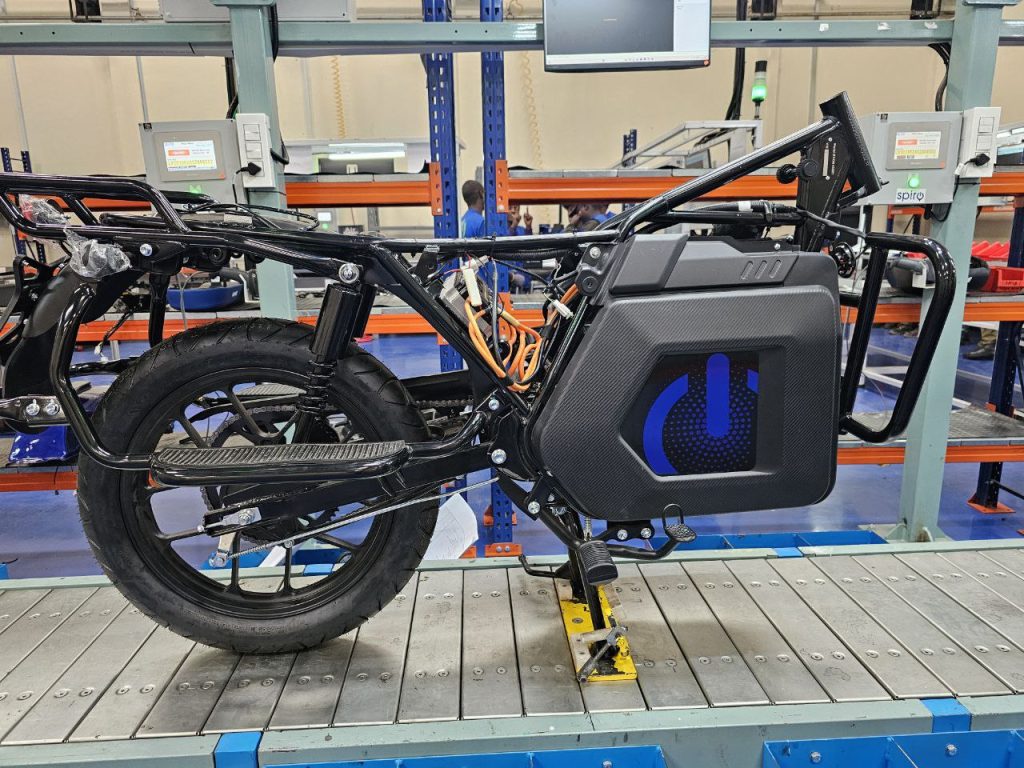
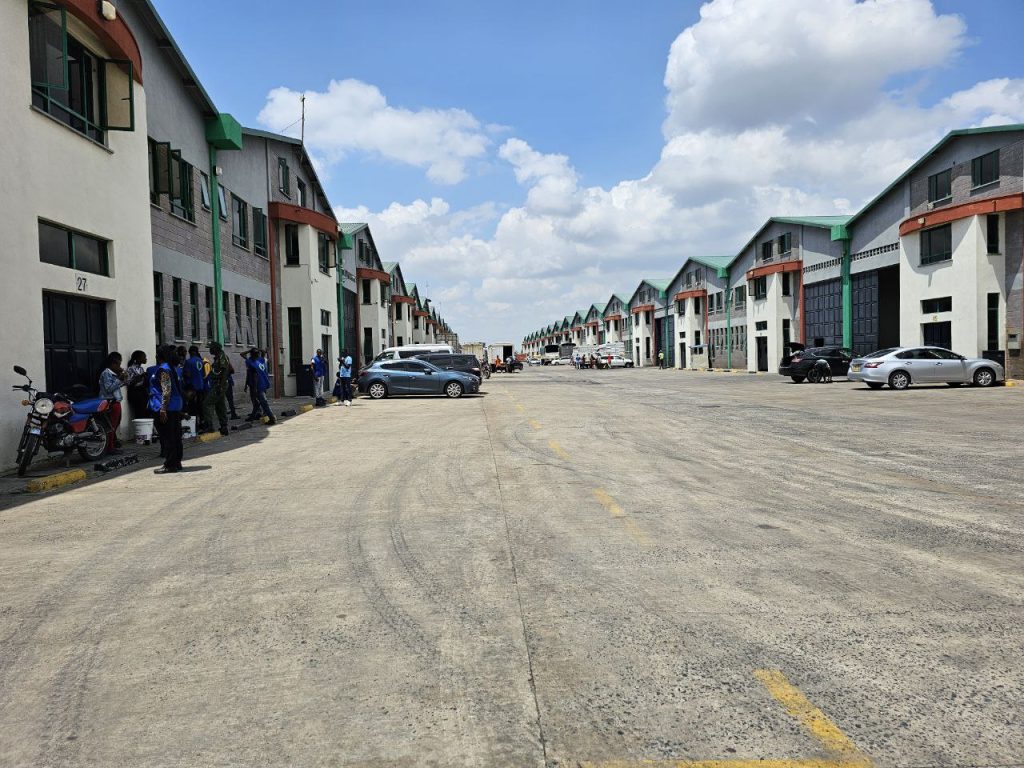
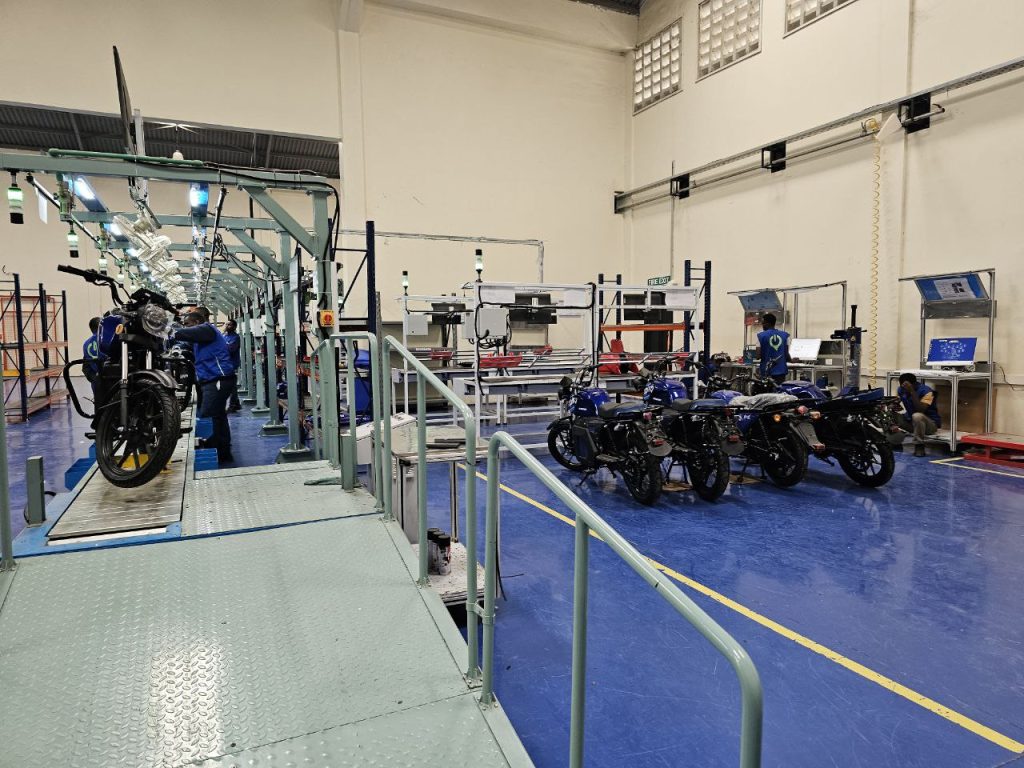
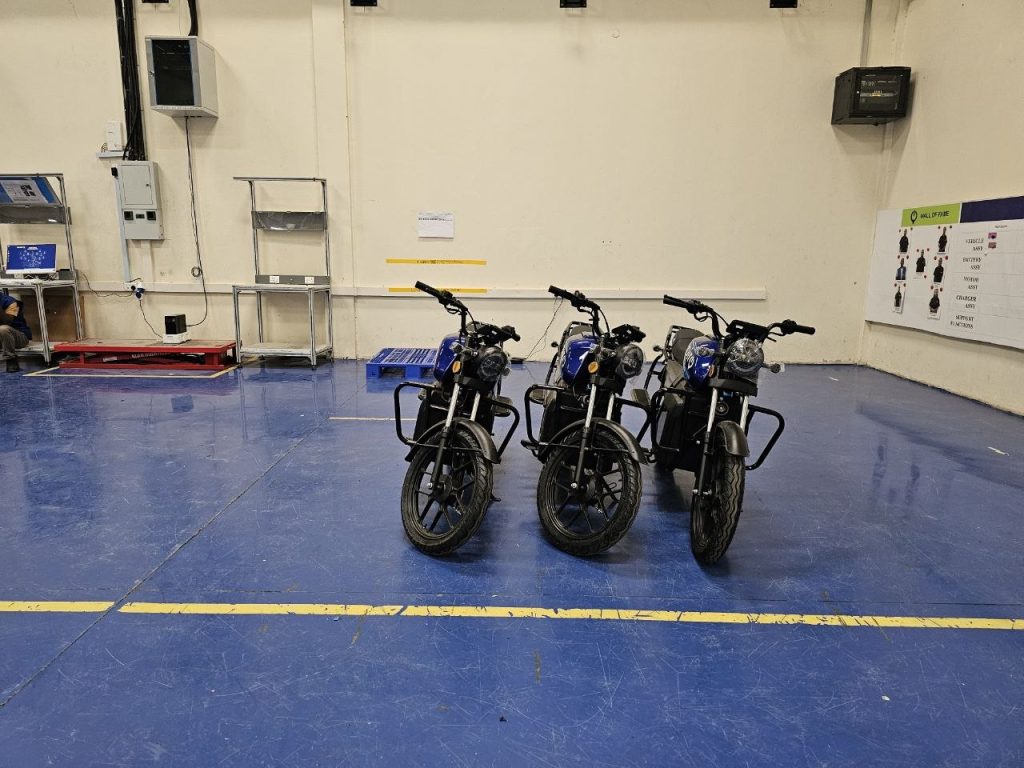
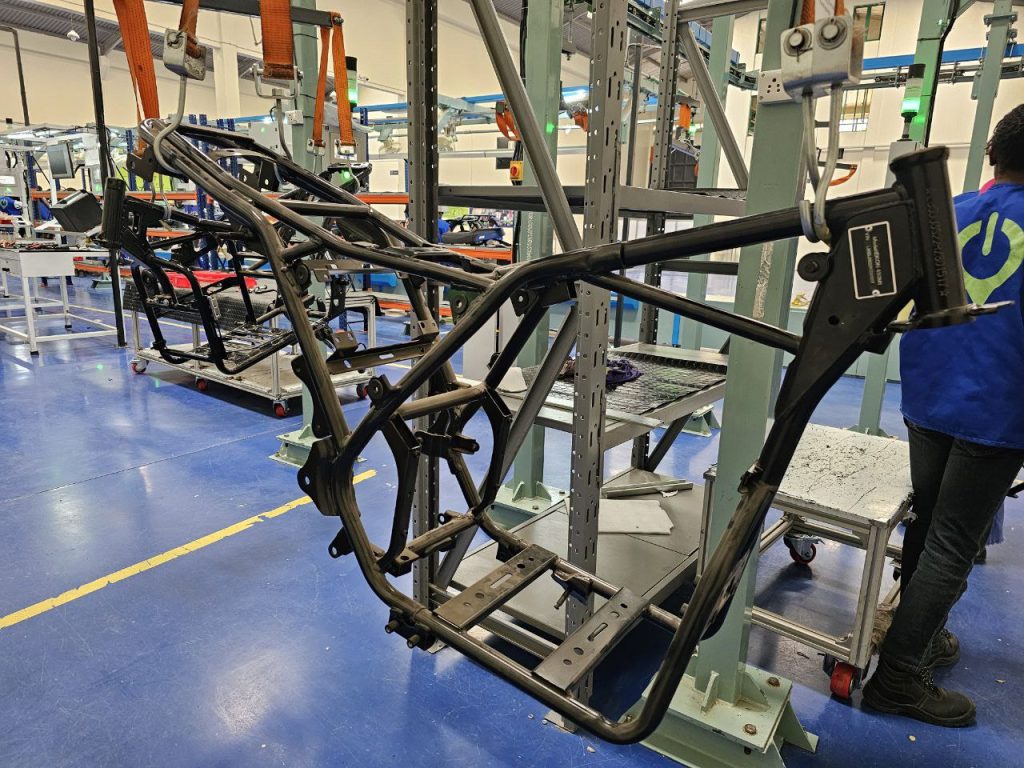
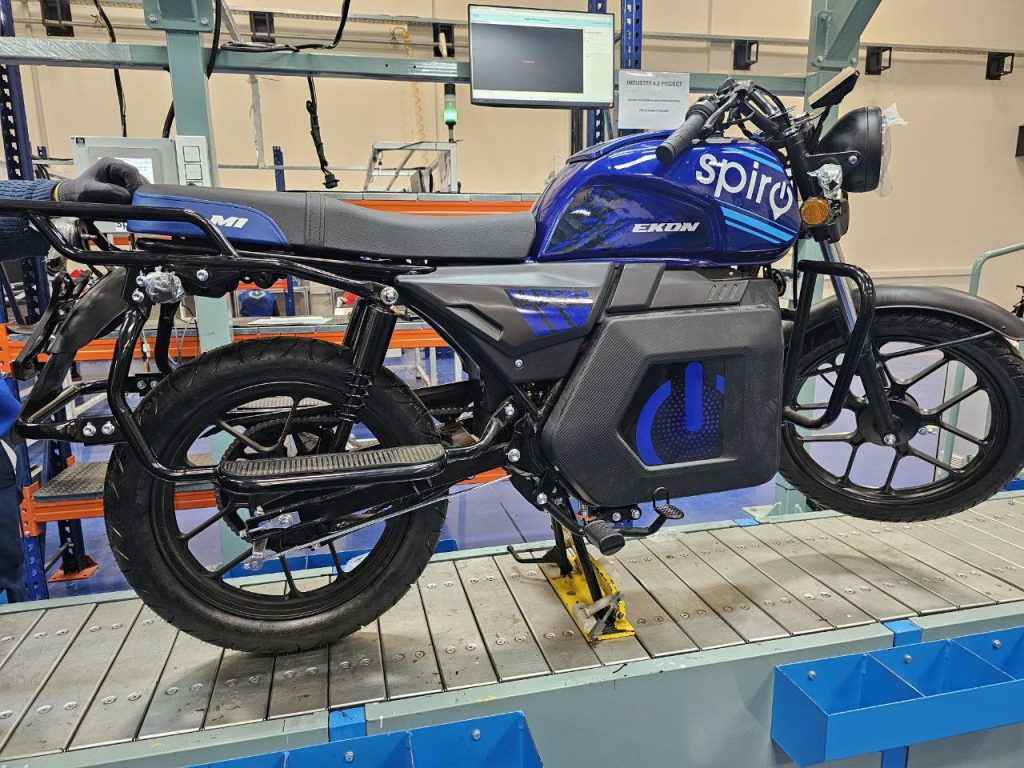
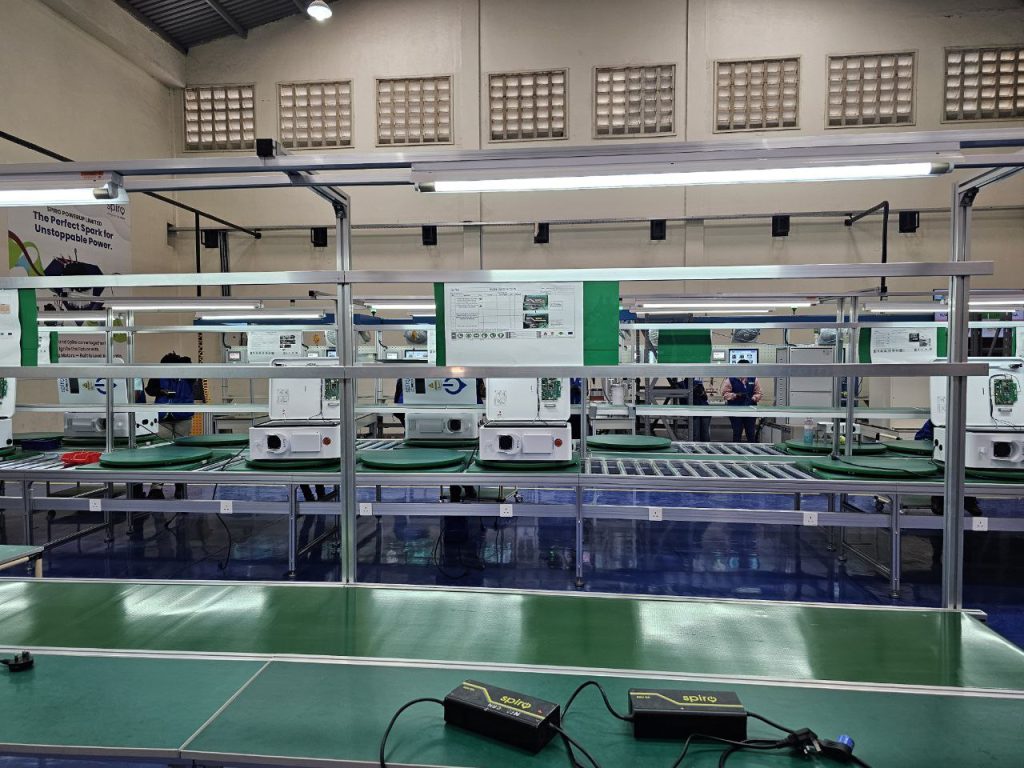
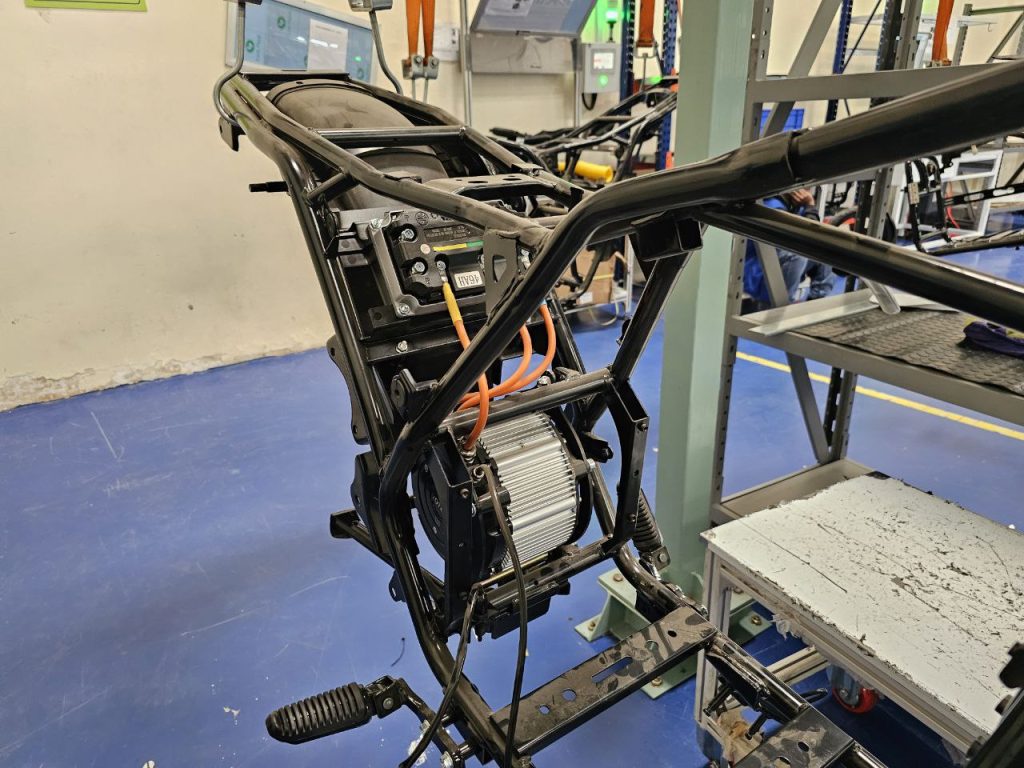
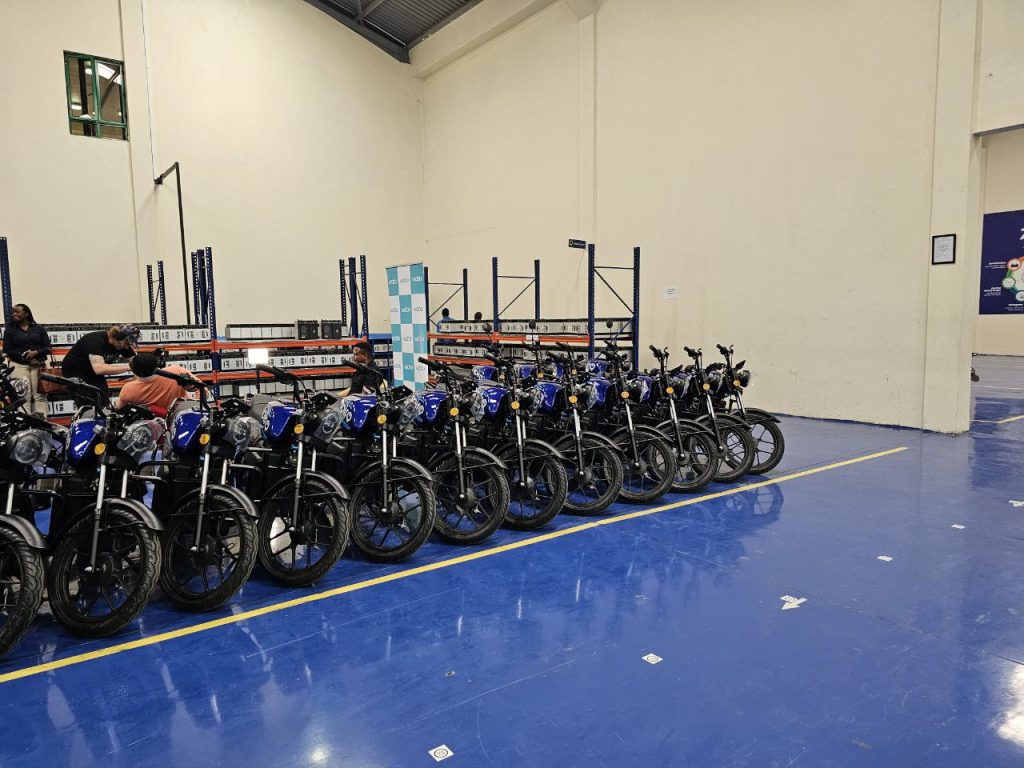
Spiro’s push for local production centres on its assembly plant along Mombasa Road in Nairobi. The site is part of a broader plan to transition from full imports to local assembly, thereby building a supply chain that retains more value within the region.
The company operates four plants across Kenya, Rwanda, Uganda, and Nigeria, a regional network that cuts transport costs and creates local jobs.
In Nairobi, the standout feature is an all-women assembly line. Women make up more than 40% of Spiro’s manufacturing workforce, both direct and indirect, breaking into a space long dominated by men.
A technician told me that the electric bike parts arrive as kits. Around 20 to 40 workers, most of them women, check the motor windings, bearings, and seals for waterproofing.
The motor is manufactured locally.
They fit the motor controller, wiring, battery modules, and the management system. Then comes the frame, suspension, brakes, and display. Each bike is bench-tested, then road-tested before delivery.
“About 20 of us work on the technical side,” one technician said, tightening a bolt.
Battery management and circularity
Spiro uses proprietary technology, including IoT-based platforms for real-time tracking, smart diagnostics and swap optimisation, ensuring the safety and efficiency of its 100,000 batteries in circulation.
Once batteries reach their end-of-life cycle, typically around 80% of their original capacity, making them unsuitable for mobility, they are repurposed.
Spiro signed a deal with Ace Green Recycling to handle the recycling of end-of-life lithium-ion batteries and waste materials generated from manufacturing operations.
Local assembly has helped cut the costs, but most of the materials used to assemble electric motor bikes are still imported, with only 30-40% sourced locally.
The key bottleneck is the battery cell, which constitutes 35–40% of the vehicle cost and is still entirely imported. So, although Spiro’s local assembly leverages tax incentives and minimises logistics costs for bulk shipments, the company remains highly exposed to global price fluctuations and supply chain disruptions for the most expensive input component.
Product specifications
Spiro sells electric motorbike models specifically tailored for the demanding needs of boda-boda operators. The flagship model, the EKON 450M1, features a powertrain with a nominal power of 4.5 kW (peaking at 9 kW), a top speed of less than 85 km/h, and a range of 80-100 km per battery.
The older Spiro Commando model offered 6.5 kW power and a top speed of 80 km/h, achieving a range of 40 km per 2 kWh battery.
Both models integrate features such as good suspension to handle rough African terrain (although most are used in city setups with tarmac roads), LED headlights, and metallic storage compartments with built-in USB charging ports.
Operational metrics
The scale of Spiro’s operation underlines its status as a market leader, although official statistics show a highly dynamic and rapidly expanding trajectory.
Spiro controls about 21% of Kenya’s total motorcycle market, including petrol models. It holds over 90% of all electric vehicles in the country, including bikes and cars, and 52% of all electric motorbikes.
It has about 50,000 electric bikes in circulation across its markets, which represents an ambitious near-term target rather than current deployment. Recent operational reports indicate a fleet of about 34,000 electric motorbikes deployed across Kenya, Uganda, and Rwanda (the rest of the bikes are therefore spread across its West African markets). The company’s growth plan, codenamed “Project Thunder,” wants to hit a target of 100,000 bikes.
To facilitate this demanding operational tempo, where commercial riders often exceed 150 km per day and sometimes reach 180 km per day on Spiro bikes, the company maintains a high density of battery assets. Spiro claims to have deployed over 100,000 batteries across its network and processed 23 million+ battery swaps.
The ratio of batteries to bikes confirms that the company maintains significant energy inventory redundancy, which is a massive upfront capital expenditure required to guarantee sub-minute swap times and eliminate range anxiety for high-utilisation commercial operators.
The infrastructure itself consists of over 1,000 swap stations. Approximately 200 of them are in Kenya, concentrated in the western part of the country.
How much does a battery swap cost?
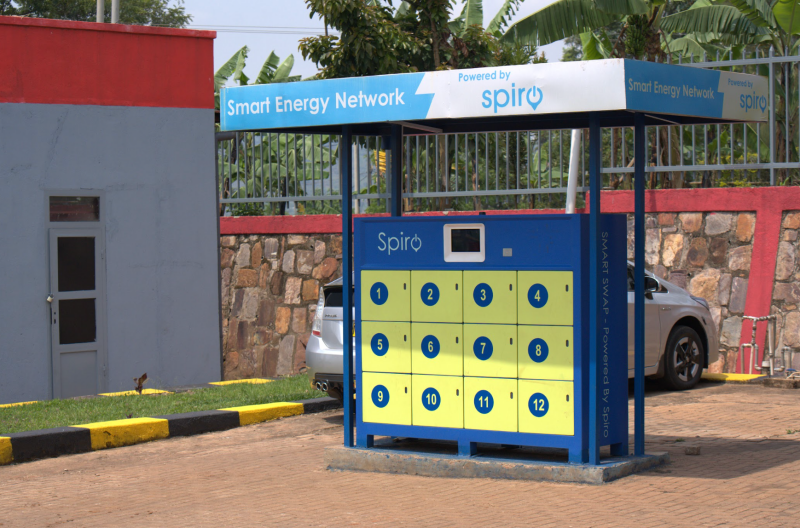
Spiro’s business is capital-heavy, with big upfront costs spread across three assets: the bikes, the batteries, and the swap stations. Its model claims to remove the burden of battery ownership from riders by keeping the batteries in-house and turning what would be a purchase into a long-term energy subscription.
For riders, costs are predictable and usually lower than fuelling a petrol bike. An 80–100 km trip on a Spiro bike costs about $2.24, which is the price of one battery swap. In contrast, a typical petrol bike with an 11-litre tank (at KES 185 per litre) spends about $15.60 to cover 500 km, making Spiro roughly 30–40% cheaper per kilometre.
Debt and institutional backing
Spiro has raised more than $180 million since 2022 across multiple rounds. Its other backers include the Afreximbank, Société Générale and the Africa Transformation and Industrialisation Fund.
In 2023, it secured $60 million in debt from Société Générale and GuarantCo to expand its fleet and battery network in Kenya and Uganda. In 2024, it raised an additional $50 million from Afreximbank to support its entry into Cameroon and Morocco, as well as scale its automated swap network.
The company’s reliance on development finance institutions gives it access to patient capital and credibility in climate finance circles, something few private investors are willing to offer for such capital-heavy infrastructure.
Asset financing and rider acquisition
While Spiro retains the asset risk of the battery, the company outsources the retail credit risk for the physical vehicle through strategic partnerships with vehicle asset financiers, including Kenya Commercial Bank (KCB), Mogo and Watu Credit.
According to the execs at its assembly plant, this arrangement enables rider acquisition through financing options, making the EV accessible even to those without traditional banking access by facilitating payments through mobile money.
In Kenya, the initial cash retail price of a Spiro EV motorcycle is relatively expensive at around KES 295,000 (approximately $2,290), with a down payment of KES 20,000 required for credit purchases.
Given the significantly lower cash prices reported, with a few customers who told me that they purchased their units for KES KES 195,000 ($1,509), the $2,290 figure most accurately represents the overall loan cost of the EV over the full loan term (e.g., 24 to 30 months). The cost covers the principal amount, high-risk interest rates inherent in micro-asset financing, comprehensive insurance, and logbook transfer fees, all of which are managed by the financing partner.
Spiro has since launched the EKON electric bike in Rwanda at just $500. This pricing is a calculated manoeuvre to dominate the Kigali market ahead of the government’s mandate requiring all new public transport registrations to be electric.
Its command centre at the Nairobi head office is run by a team that tracks live data like bike range, swap station status, and payment records. This visibility, said Raymond Kitunga, Spiro’s deputy country head for Kenya, helps the company work with asset financiers. “They need to know the kind of customers they’re backing,” he said.
How does the market execution in Kenya look like?
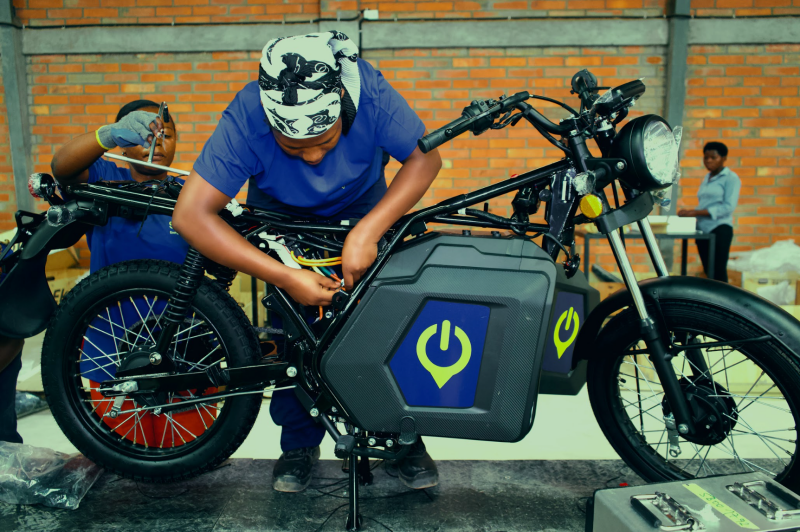
Kenya is Spiro’s main base, home to its headquarters and main assembly plant in Nairobi. The company began operations in Mombasa before expanding into Nairobi’s outskirts, Kiambu, Kajiado, and Machakos, and later into Eldoret and Kisumu.
Spiro now runs more than 200 swap stations across Kenya, supported by asset financing deals with Watu Credit, KCB, and Mogo.
At the plant, I met a rider named Kelvin, who was collecting his new bike. He had paid a KES 25,000 deposit (about $190) through Mogo and will clear the balance through daily instalments of KES 450 (about $3.45) over 18 months, a total of roughly KES 283,000 ($2,180).
He said he planned to use the bike for boda-boda work and had already applied to join Uber as a rider. “I can manage the payments,” he told me as he rode away.

